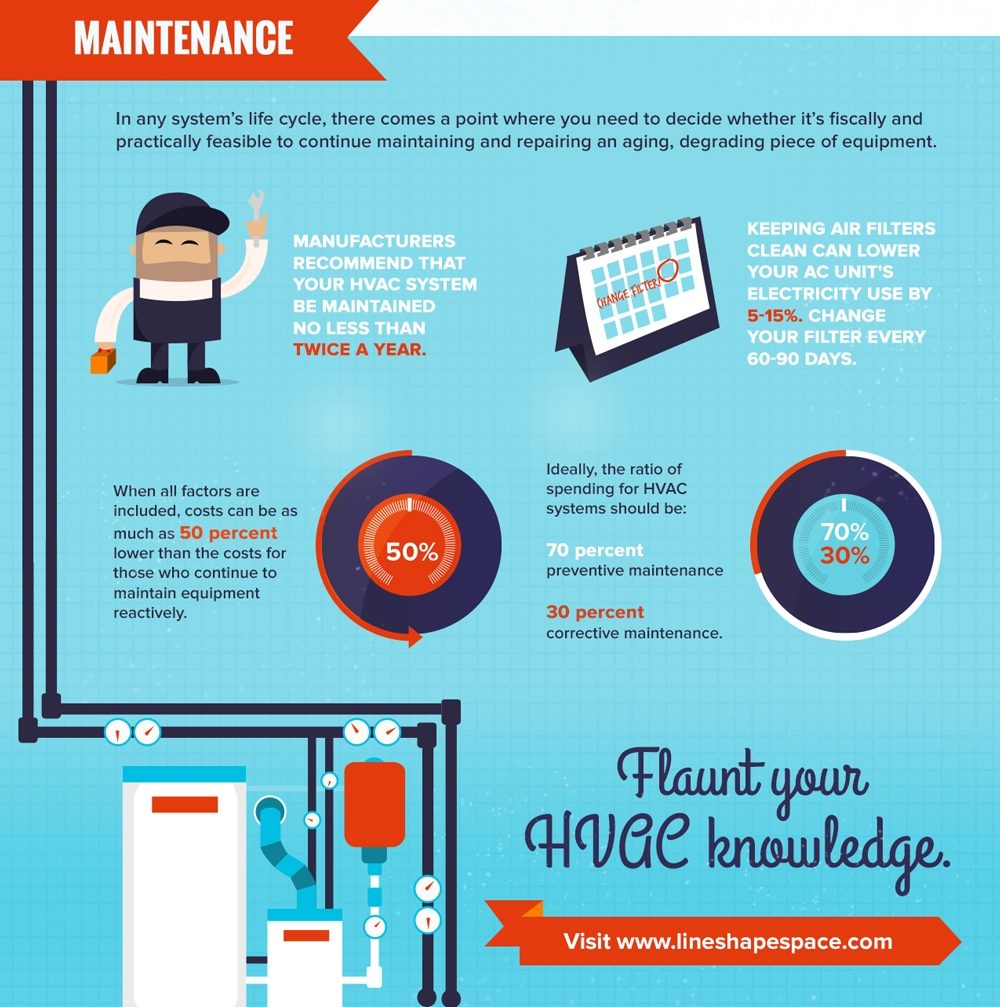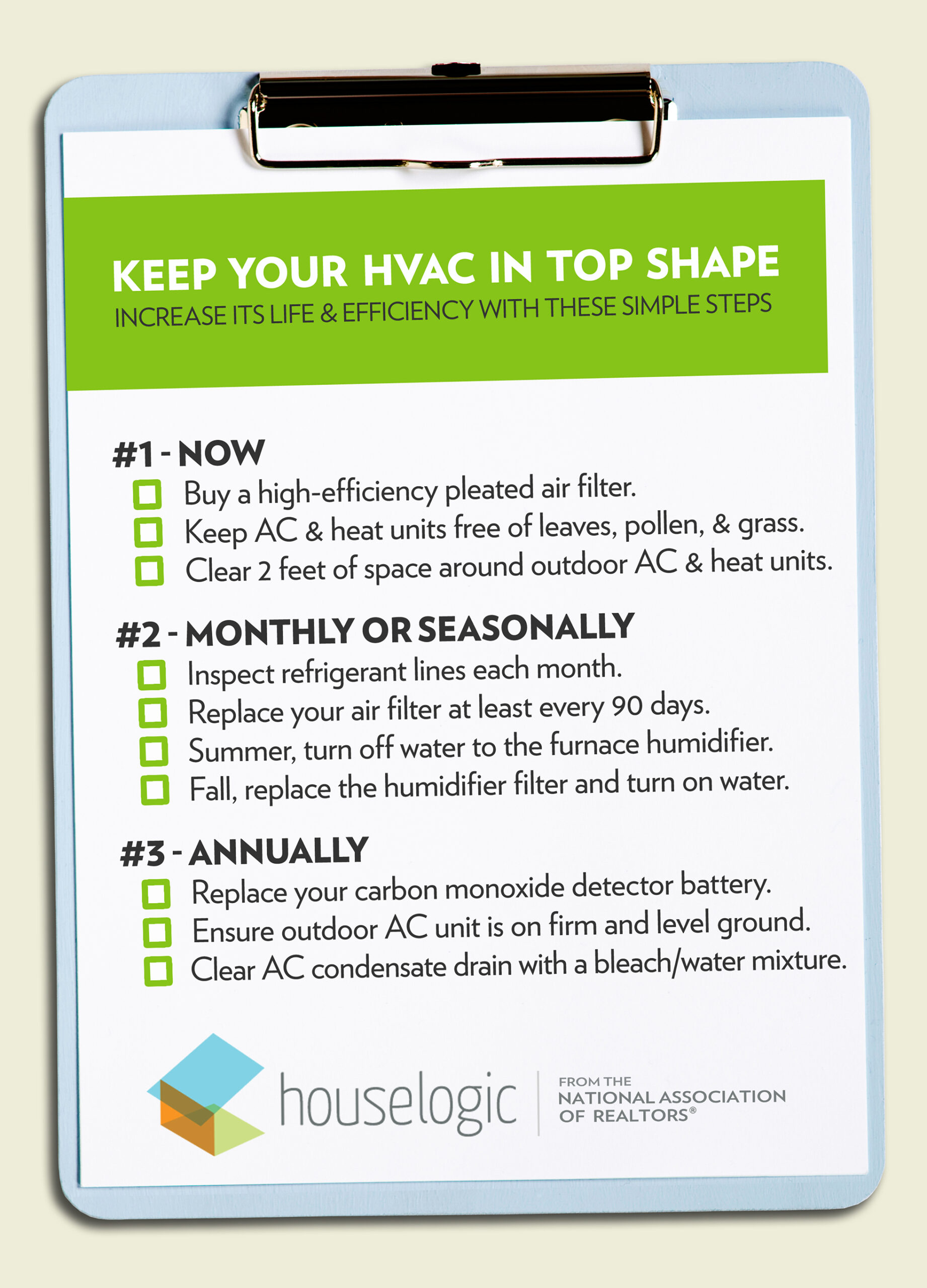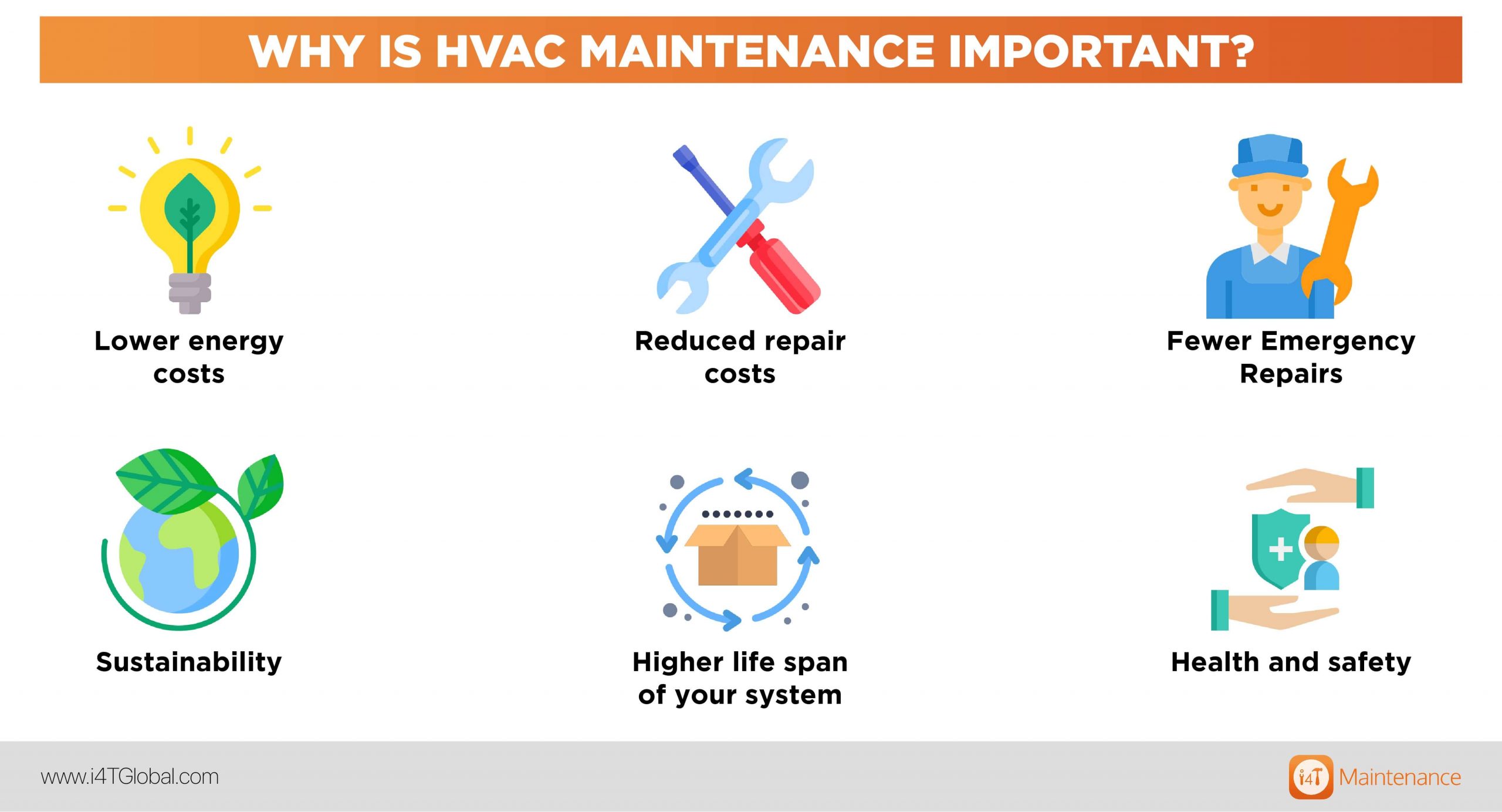Send us an email
Please enter your name and contact info.
Please enter your name and contact info.
Call Us Today! (850) 748-1066

Serving Families Throughout Pensacola
Maintaining the health and efficiency of your HVAC system is crucial for a comfortable and energy-efficient home. In this article, you will discover essential preventive maintenance tips that will help you keep your HVAC system running smoothly year-round. From regular filter changes to inspecting and cleaning components, these simple yet effective tips will ensure that your HVAC system operates at its best, saving you time, money, and discomfort. With Diamond Air Design’s expertise in HVAC repair in Pensacola FL and the surrounding area, you can rely on their professional service to provide you with the knowledge and support you need to keep your HVAC system in top shape. Visit their website at https://diamondairdesign.com/ to learn more.

This image is property of assets.searshomeservices.com.
Clean air filters are essential for maintaining the efficiency and longevity of your HVAC system. The primary role of the air filters is to trap dust, dirt, and other particles from the air before it is circulated throughout your home. Over time, these filters can become clogged with debris, reducing the airflow and causing your system to work harder than necessary. By regularly changing the air filters, you can ensure that the air quality in your home remains at its best and that your HVAC system operates at peak performance.
The frequency at which you should change your air filters depends on several factors, including the type of filter you have and the conditions in your home. As a general rule of thumb, it is recommended to change standard disposable filters every 1 to 3 months. However, if you have pets or allergies, you may need to change them more frequently, such as every 30 to 60 days. On the other hand, if you have a high-quality, pleated filter or an electrostatic filter, they can typically last up to 6 months before requiring replacement. It is important to check your filters regularly and replace them when they appear dirty or clogged.
Changing air filters is a simple task that can be done in just a few minutes. Here is a step-by-step guide to help you change your air filters:
Remember to dispose of the old filter properly and follow any manufacturer’s instructions that may be provided with the new filter. Regularly changing your air filters will help optimize the performance of your HVAC system and enhance the air quality in your home.
The condenser coils of your HVAC system play a crucial role in the cooling process. These coils are responsible for releasing the heat absorbed from your indoor air to the outdoor environment. Over time, the condenser coils can become dirty and covered in debris such as dirt, leaves, and grass clippings. This buildup restricts the heat transfer process and hampers the efficiency of your system. Cleaning the condenser coils regularly is essential to ensure optimal cooling performance and energy efficiency.
Cleaning condenser coils is a relatively straightforward process that can be done using a few simple steps. Here’s a guide to help you clean your condenser coils effectively:
The frequency at which you should clean your condenser coils depends on several factors, including the environment in which your HVAC system operates. As a general guideline, it is recommended to clean the condenser coils at least once a year. However, if your system is located in an area with excessive dirt, dust, or vegetation, you may need to clean the coils more frequently, such as every 6 months or even quarterly. Regular cleaning of the condenser coils will improve the efficiency of your HVAC system and extend its lifespan.
The evaporator coils are responsible for absorbing heat from the air in your home, allowing your HVAC system to cool the indoor environment. Over time, these coils can accumulate dirt, dust, and even mold, which hampers their ability to absorb heat effectively. Clean evaporator coils are essential for maintaining optimal cooling performance and energy efficiency. Additionally, dirty evaporator coils can also lead to decreased indoor air quality and potential health issues.
Checking and cleaning the evaporator coils requires a bit more effort compared to changing air filters or cleaning condenser coils. Here’s a step-by-step guide to help you through the process:
The frequency of checking and cleaning the evaporator coils can vary depending on several factors, such as the local climate, the presence of pets or smokers in the home, and the air quality in your area. As a general guideline, it is recommended to check and clean the evaporator coils at least once a year. However, if you notice any decrease in cooling efficiency, poor air quality, or signs of mold growth, it may be necessary to check and clean the coils more frequently, such as every 6 months. Regular maintenance of the evaporator coils will contribute to the overall performance and longevity of your HVAC system.
The blower motor and fan are integral components of your HVAC system, responsible for circulating air throughout your home. Over time, these components can accumulate dust and debris, which can negatively impact their performance and efficiency. Regular inspection and cleaning of the blower motor and fan are crucial to ensure proper airflow, enhance indoor air quality, and prevent unnecessary strain on your system.
Inspecting and cleaning the blower motor and fan require careful attention and should be done with caution. Follow these steps to keep these components in optimal condition:
The frequency of inspecting and cleaning the blower motor and fan depends on several factors, including the environment in which your HVAC system operates. As a general guideline, it is recommended to inspect and clean the blower motor and fan at least once a year. However, if you live in an area with high dust, pet hair, or pollen, you may need to perform this maintenance task more frequently, such as every 6 months. Regularly inspecting and cleaning the blower motor and fan will contribute to the overall performance and efficiency of your HVAC system.

This image is property of www.legacyheating.ca.
The smooth operation of the moving parts in your HVAC system is crucial for its overall performance and lifespan. Over time, these parts can experience friction and wear, leading to increased energy consumption and potential damage. Lubricating the moving parts regularly reduces friction, minimizes wear and tear, and helps maintain the efficiency of your system.
Several components of your HVAC system may require lubrication, including blower motor bearings, fan motors, pulleys, and other moving parts. It is important to check the manufacturer’s instructions or consult with a professional to determine which specific parts in your system require lubrication.
The frequency at which you should lubricate the moving parts of your HVAC system depends on the specific components and the manufacturer’s recommendations. As a general guideline, it is recommended to lubricate the relevant parts at least once a year. However, some components may require more frequent lubrication, while others may not need it as often. Regularly inspecting and lubricating the moving parts of your HVAC system will help reduce friction, extend the lifespan of the components, and enhance the overall performance of your system.
The integrity of your HVAC system’s ductwork is crucial for efficient and effective heating and cooling. Over time, ductwork can develop leaks, cracks, or other damages that allow conditioned air to escape before reaching its intended destination. Checking the ductwork for any issues and promptly repairing them is important to ensure optimal airflow, temperature control, and energy efficiency.
Checking for leaks and damages in the ductwork requires a systematic approach. Follow these steps to assess the condition of your ductwork:
Repairing any leaks or damages in the ductwork is crucial for several reasons. When conditioned air escapes through leaks or gaps in the ducts, your HVAC system must work harder to compensate, resulting in decreased energy efficiency and increased utility bills. Additionally, leaking ducts can allow contaminants such as dust, mold, and other pollutants to enter the air you breathe, potentially causing health issues. Promptly repairing any issues with the ductwork will ensure that your HVAC system operates at its best, providing efficient, clean, and comfortable air throughout your home.

This image is property of static.houselogic.com.
The thermostat serves as the control center for your HVAC system, determining when to turn on/off heating or cooling and maintaining the desired temperature in your home. Over time, thermostats can lose accuracy, leading to improper temperature control and reduced energy efficiency. Testing and calibrating your thermostat regularly is crucial to ensure accurate temperature readings and efficient operation of your HVAC system.
Testing and calibrating your thermostat can be done with a few simple steps:
The frequency at which you should test and calibrate your thermostat depends on the type of thermostat and its age. As a general guideline, it is recommended to test the accuracy of your thermostat at least once a year. If you notice any significant discrepancies or irregularities in temperature control, it may be necessary to calibrate the thermostat more frequently. Regularly testing and calibrating your thermostat will help maintain efficient temperature control and prevent unnecessary energy consumption.
Proper electrical connections are crucial for the safe and reliable operation of your HVAC system. Over time, electrical connections can become loose, corroded, or damaged, which can lead to malfunctions, overheating, or even electrical fires. Regularly inspecting the electrical connections ensures that they are secure, minimizing the risk of electrical hazards and ensuring the optimal performance of your HVAC system.
Inspecting the electrical connections of your HVAC system requires caution and attention to detail. Follow these steps to conduct a thorough inspection:
The frequency at which you should inspect the electrical connections of your HVAC system depends on several factors, including the age of the system and the environment in which it operates. As a general guideline, it is recommended to inspect the electrical connections once a year. However, if you notice any signs of loose wires, corrosion, or other electrical issues, it is advisable to conduct an inspection promptly. Regularly inspecting the electrical connections will help ensure the safety and reliability of your HVAC system.

This image is property of i4tglobal.com.
The condensate drain is responsible for removing the excess moisture that is generated during the cooling process of your HVAC system. Over time, the condensate drain can become clogged with algae, mold, dust, or other debris, leading to water backup, leaks, and potential damage to your system. Keeping the condensate drain clean and free from obstructions is vital for preventing water damage and maintaining the optimal performance of your HVAC system.
Cleaning and inspecting the condensate drain require some basic tools and a systematic approach. Here’s a step-by-step guide to help you through the process:
The frequency at which you should clean and inspect the condensate drain depends on several factors, such as the local climate, indoor humidity levels, and the presence of any known drainage issues. As a general guideline, it is recommended to clean and inspect the condensate drain at least once a year. However, if you live in a humid climate or notice any water backups, leaks, or musty odors, it may be necessary to clean and inspect the drain more frequently, such as every 6 months. Regular maintenance of the condensate drain will help prevent water damage and ensure the efficient operation of your HVAC system.
While regular DIY maintenance tasks are vital for keeping your HVAC system in good condition, scheduling professional HVAC maintenance is equally important. Professional technicians have the expertise, experience, and specialized tools necessary to perform a thorough inspection and maintenance of your system. They can identify potential issues, address them promptly, and optimize the performance and lifespan of your HVAC system.
During a professional HVAC maintenance visit, you can expect the following tasks to be performed:
It is generally recommended to schedule professional HVAC maintenance at least once a year. Ideally, it is best to schedule maintenance in the spring or fall before the peak cooling or heating seasons. Regular professional maintenance will ensure that your HVAC system is operating efficiently, maximize its lifespan, and provide you with peace of mind knowing that your system is in good hands.
In conclusion, taking preventive maintenance measures for your HVAC system is essential for maximizing its efficiency, performance, and lifespan. By regularly changing air filters, cleaning condenser coils and evaporator coils, inspecting and cleaning the blower motor and fan, lubricating moving parts, checking and repairing ductwork, testing and calibrating the thermostat, inspecting electrical connections, cleaning and inspecting the condensate drain, and scheduling professional HVAC maintenance, you can keep your HVAC system in optimal condition. Remember that regular maintenance not only enhances the comfort and air quality in your home but also helps save energy and reduce the likelihood of costly repairs. So, don’t forget to prioritize the preventive maintenance of your HVAC system to ensure long-term comfort and efficiency.
This image is property of images.squarespace-cdn.com.